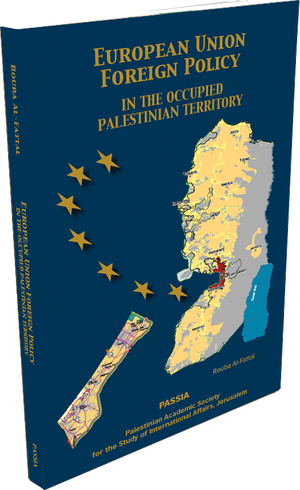European Union Foreign Policy In the Occupied Palestinian Territory
Fifteen years after its launch, the impact of the Barcelona Process on the Occupied Palestinian Territory is in need of a reassessment. Despite some initial improvements in the political and economic structures, the EMP alone failed to anchor a peace deal between Israel and the Palestinians leading to the outbreak of the Second Intifada. In response, the ENP was launched to bring a number of new foreign policy instruments which induced substantial reforms. However, Hamas' electoral win brought a halt to EU's aid and diplomacy. This boycott proved detrimental, as it widened the rift between the main parties to the point of no reconciliation. For the first time, this book aims to provide a broad picture of EU's policies toward the OPT, in order to draw lessons from them and offer proposals for the way ahead.
Overview
Fifteen years after its launch, the impact of the Barcelona Process on the Occupied Palestinian Territory is in need of a reassessment. Despite some initial improvements in the political and economic structures, the EMP alone failed to anchor a peace deal between Israel and the Palestinians leading to the outbreak of the Second Intifada. In response, the ENP was launched to bring a number of new foreign policy instruments which induced substantial reforms. However, Hamas' electoral win brought a halt to EU's aid and diplomacy. This boycott proved detrimental, as it widened the rift between the main parties to the point of no reconciliation. Whether the UfM proves any better than its predecessor policies in the region remains to be seen. For the first time, this book aims to provide a broad picture of EU's policies toward the OPT, in order to draw lessons from them and offer proposals for the way ahead.
Introduction
Historical Background of the EU-OPT Relations
EU Foreign Policy towards the OPT over 15 years
A. The Euro-Mediterranean Partnership (1995 to 2004)
1. Political dimension
2. Economic dimension
3. Cultural dimension
B. The European Neighbourhood Policy (2004 to mid-2008)
1. Political dimension
2. Economic dimension
3. Cultural dimension
4. Migration dimension

